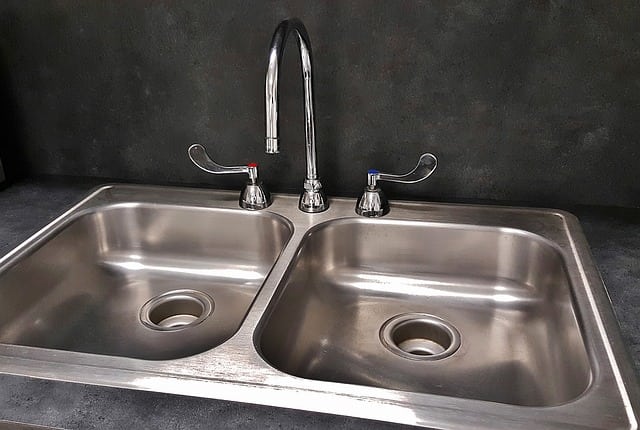Eco-plumbing is a mix of economics and sustainability. This is in some ways a major cultural shift in the profession, encompassing a range of basic principles for general plumbing. Two of the strongest principles in eco-plumbing are cost and design. The theory is that design supports lower costs, reduced need for maintenance, as well as a sustainable plumbing system.
Technology and Eco-Plumbing in Context with Economics
One of the major drivers of eco-plumbing is technology. Technologies like water efficiency, in particular, reinforce the general theory and practice of eco-plumbing. This is a very basic part of eco-plumbing; delivering value in clear terms, showing savings, and reducing the impact of plumbing systems on resources.
That very practical approach is one of the great achievements of eco-plumbing. Inefficient water usage is a potential risk for both businesses and the wider economy. Global studies indicate that demand for water will increase dramatically in the 21st century. That means competing demand for a critical resource, which can obviously impact prices and availability. Eco-plumbing is the natural, and most effective response to this situation.
In Australia, we’re no strangers to droughts and water shortages. Australian businesses need the best options to manage costs and maintain commercial viability, and water usage is right at the top of these criteria.
Commercial and Industrial Eco-Plumbing
Eco-plumbing shows its true potential at the commercial and industrial levels. Commerce and industry are the biggest users of water, and that high usage demonstrates very clearly the excellent values of eco-plumbing. One of the most startling practical examples of eco-plumbing is a major American carpet manufacturing company called Interface FLOR. The company stated in a report that it had managed to save nearly 79% of water usage, through simply redesigning its water usage and using solutions rather than water to dye carpets.
Extrapolate those savings over a decade, and you can see the benefits of eco-plumbing. In manufacturing, water is a major asset, and a major overhead. Eco-plumbing is becoming a necessity, to manage costs and drive down the effects of “bracket creep” of rising water costs for core business.
Maintenance and Repair – The Hidden Risks of Ongoing Costs
The other key plank of eco-plumbing is reducing maintenance and repair costs. This is achieved by smarter systems, the new sustainable materials used for plumbing systems, better electrical systems, and the reduction of strain on systems with better water usage.
A few basic points:
- Maintenance-intensive systems are a goal for any business. The new systems require much less maintenance, making them more cost effective over time, rather than less cost effective like old-style systems.
- Any significant wastage of water adds further costs. A simple leak can lose a lot of water until it’s discovered and fixed.
- Smart systems deliver instant value in terms of reducing costs and monitoring usage in real time.
- Better materials in plumbing systems add longevity and reduce replacement costs.
- System faults inevitably drive up maintenance costs, cause downtime, and add an unacceptable level of risk to commercial operations. Better systems make faults easier to find and fix, cutting costs.
Ask Us About Box Guttering in Brisbane
If you’d like to find out more about your industrial eco-plumbing options in Brisbane, call Electrical Plumbing Group. Our system design experts can assist with upgrades, new designs for existing systems, and more. EPG ensures that our Brisbane clients are always satisfied with our services and their new products. Call (07) 3823 1630 or contact us online and speak to our team.



Leave a Reply